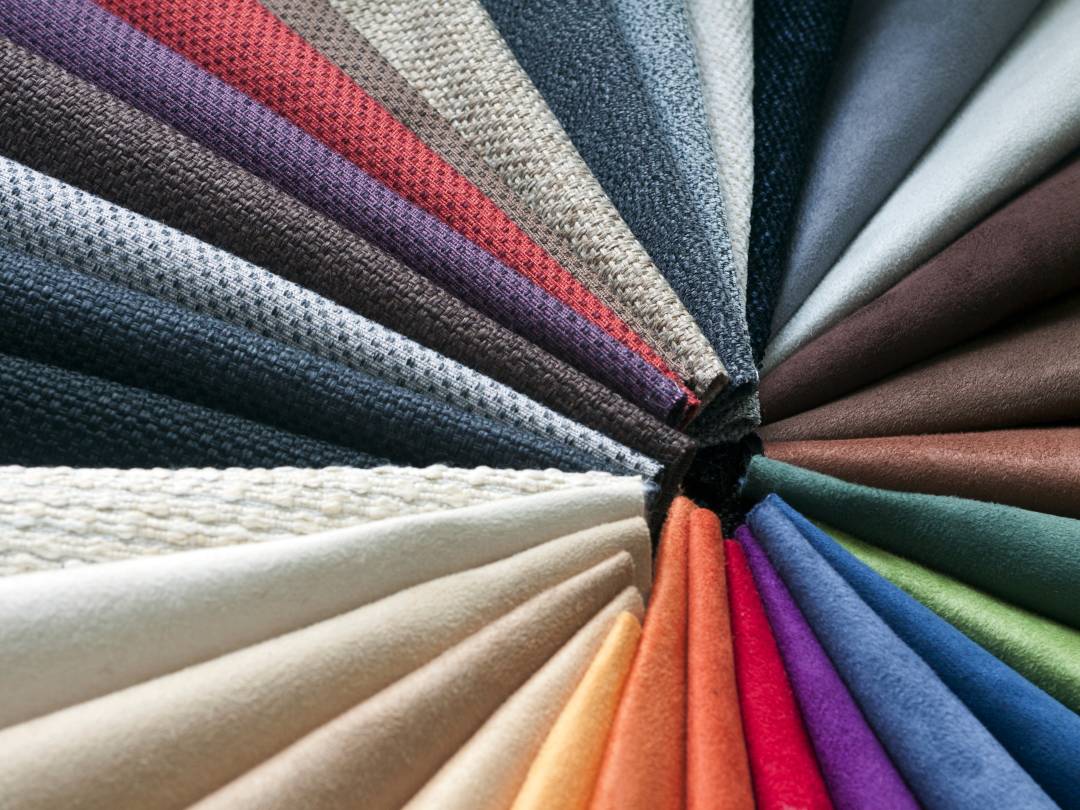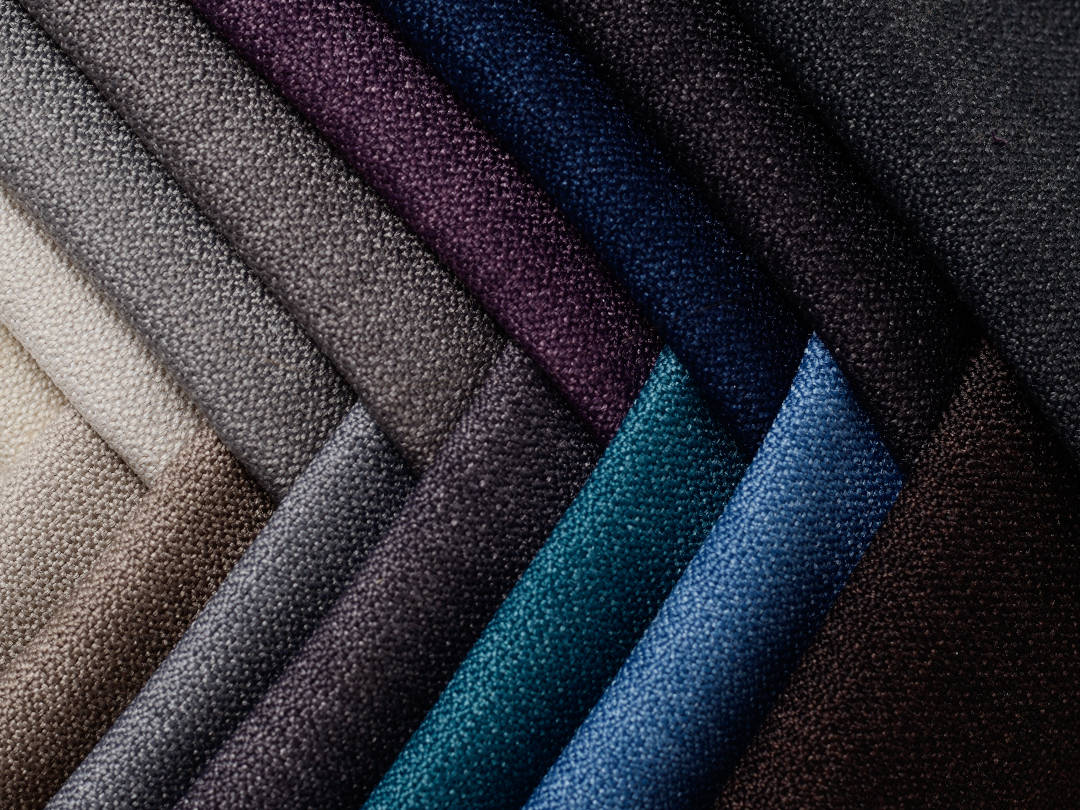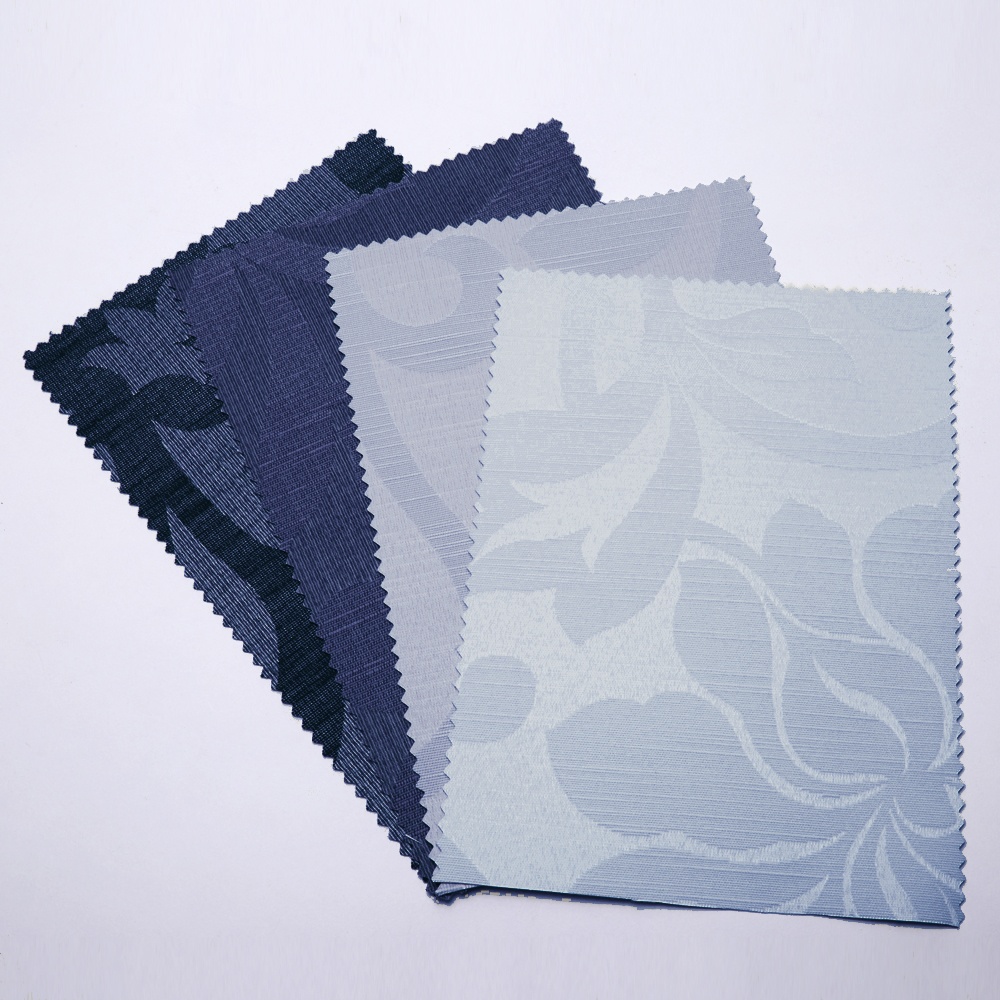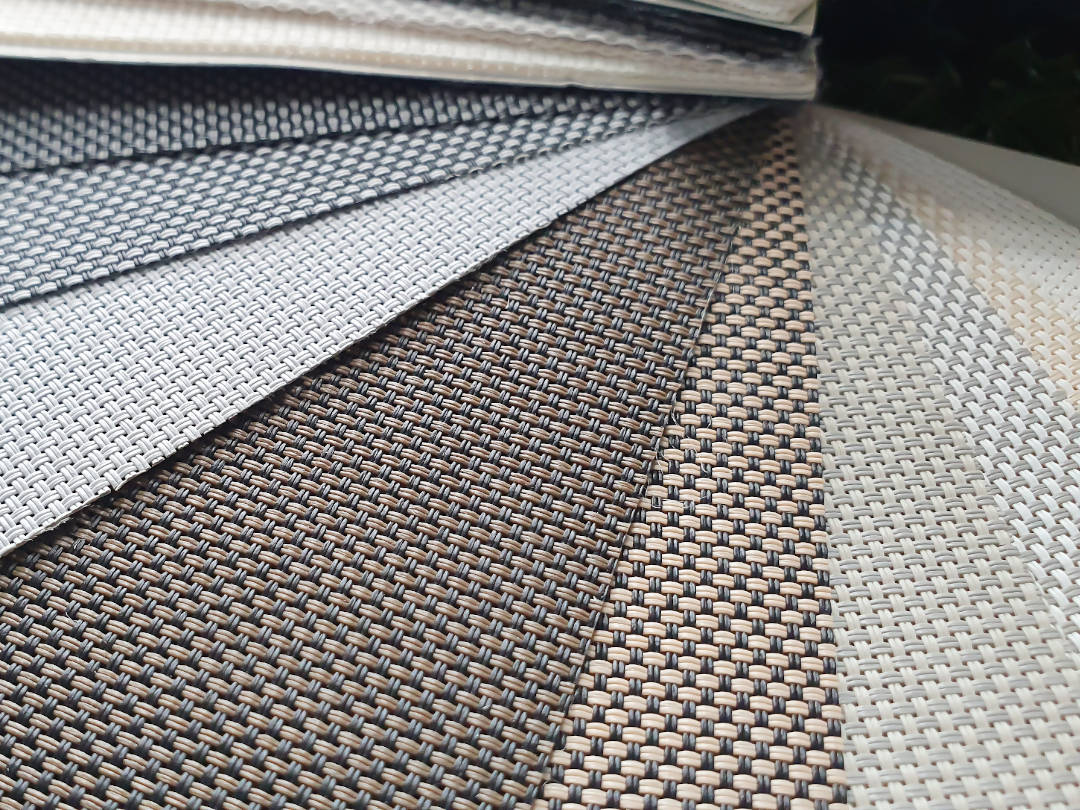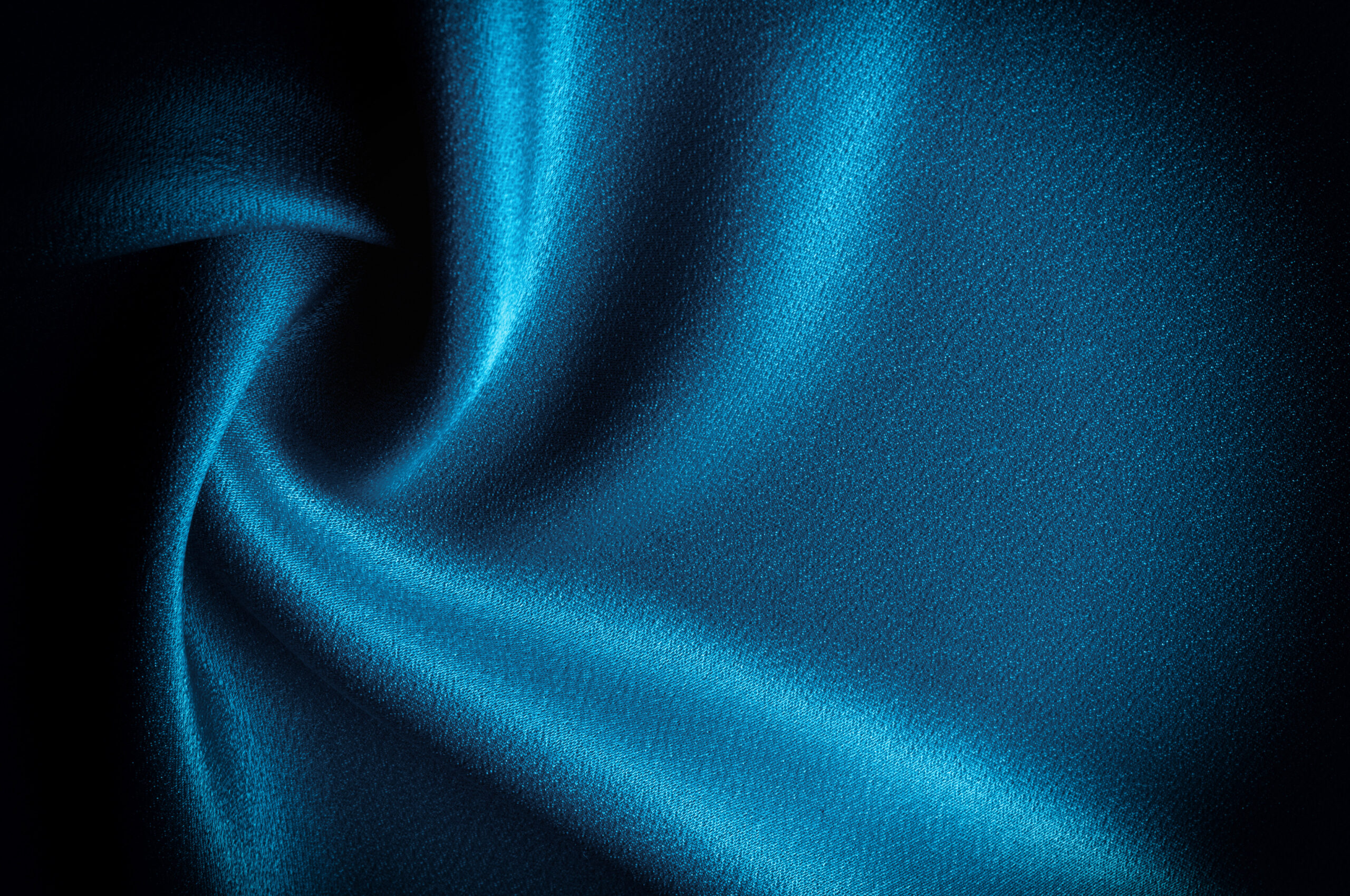Fabrics Overview
Solid Colors
Patterns
Materials
Thread Count
Misc Considerations
Fabrics Overview
Fabric choice is the single most important decision to make for your drapery, bedding, or other textile needs. From thread count, to fabric material, to weave, there are many things to consider.
Solid Colors
Simple and easy to make, choosing a solid color for your fabric makes it very easy to match in similar color palettes.
Being easy to make, solid colors are also inexpensive, keeping your costs low.
Finally, solid colors tend to last the longest, as there is no individual colors that can fade faster than others.
Patterns
Choosing a pattern for your fabric is tricky, but with the assistance of Fiber Contract’s team, the perfect fabric pattern to go with your design is assured.
Patterns add a lot of interesting flair to a room, and if you want that extra something to stand out, patterns are one of the simplest ways to do it.
Materials
Fabrics material selections are huge. The most common fabrics are made from a blend of cotton and polyester, creating a product with an excellent balance of durability, comfort, and style. Other materials include Wool, silk, flax, nylon, rayon… the list goes on. We can discuss with you your choice of material for your application.
Thread Count
Thread count is one factor in the comfort of the fabric, measured in yarns per inch. Low thread counts often provide a coarse, uncomfortable texture, and high thread counts will be softer and smoother, and in many cases, also more durable.
Miscellaneous Considerations
Weaves… Between style considerations and comfort, different weaves can create noticeable textured patterns such as in denim, and/or the extremely silky smooth feel as with satin.
The basic fabric weaves are the plain, twill, and satin weaves. Plain weaves are a simple, but very solid construction, the most common, and simplest to make. It is characterized by interlacing the fabric threads one by one, making a grid like pattern, and usable in nearly everything. Twill weaves are characterized by interlacing the fabric threads other than one by one in a way that it gives the appearance of diagonal lines. This weave is looser than plain weaves, allowing a better drape, and are ideal for such applications. Satin weaves are very interesting weaves. They can create a glossy appearance on one side, and a matted appearance on the other. The weave itself is characterized by having a large number of threads in one direction for each single Yarn in the other direction. This makes the weave very smooth and flowing, but also very delicate.

